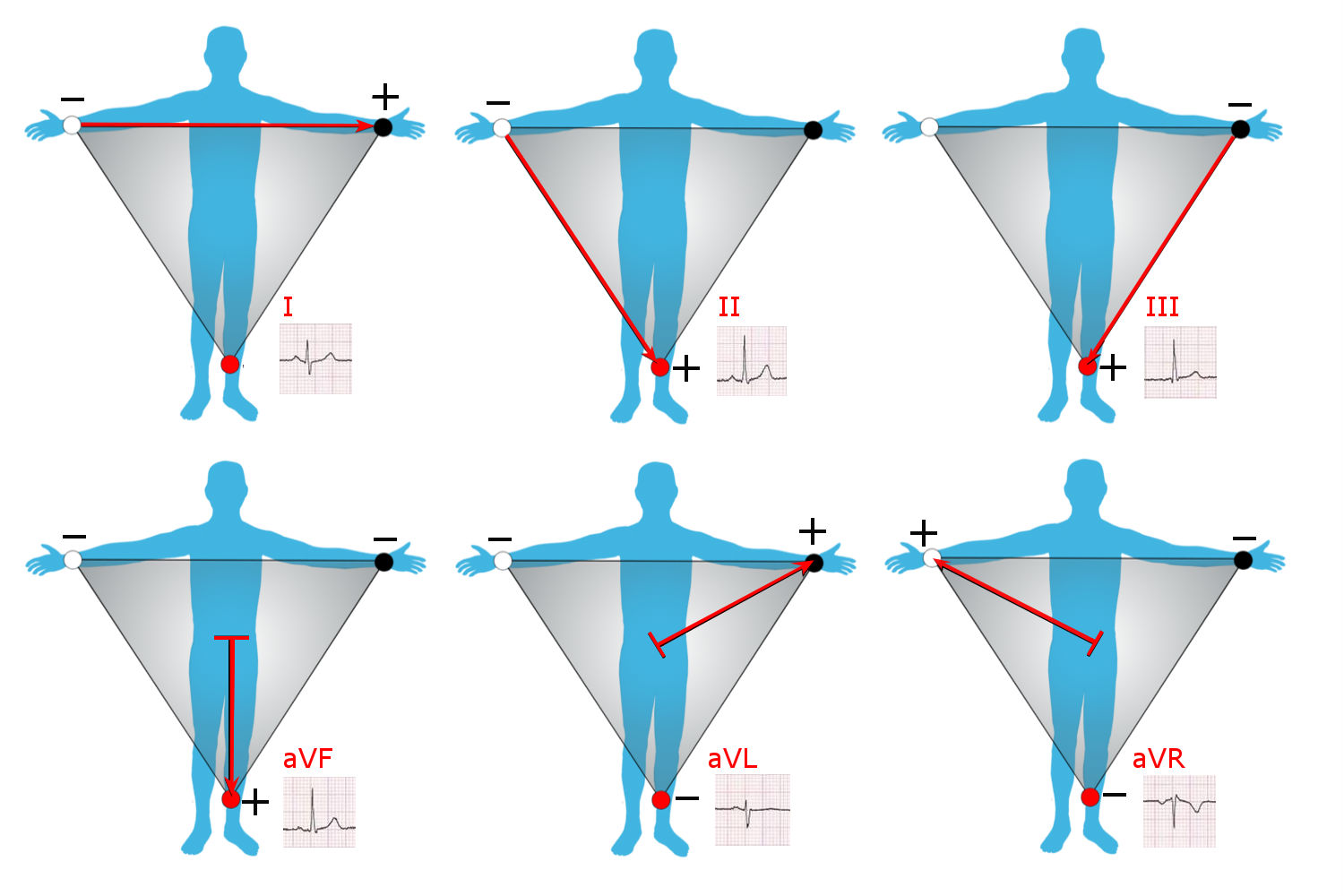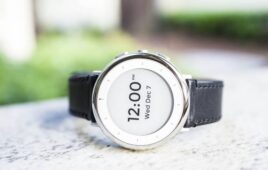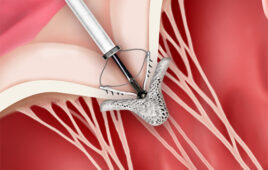A business card needs to be eye-catching—which is usually achieved with a good color scheme, professional layout, and straight-to-the-point wording.
MobilECG took this to heart (sorry…) by adding electrocardiogram (ECG) sensors to their business card. They take great pains to point out that it isn’t a diagnostic device and should not be used as such. However, it is able to measure the P, Q, R, S, and T waves of an ECG signal between fingers, using Lead I in Einthoven’s triangle. (Pictured below)

Einthoven’s triangle: an imaginary three-limb formation of leads used in ECG.
Rather than the LED and optical sensor that many consumer wearables use for heart rate monitoring, the electroCARDiograph (sadly, I can’t claim ownership of that joke) uses two conductive finger pads to measure actual ECG signals. It’s certainly a clever idea for a doctor’s business card!
More importantly, in my opinion, is that MobilECG’s mission is to make their medical-grade ECG diagnostic devices open-source. The company has made the plans for their ECG device available to the public on GitHub, because, in their words, “diagnostic devices should be accessible and affordable for everyone.”
The card is a bit of a gimmick—albeit quite a compelling one—to generate attention for their real product, which is clinical grade and actually meant for the medical industry. The second-generation device is currently in development, potentially available in a 1-channel handheld and Holter, a 3-, 5-, and 7-wire holter, and a 12-lead Holter and resting version.




